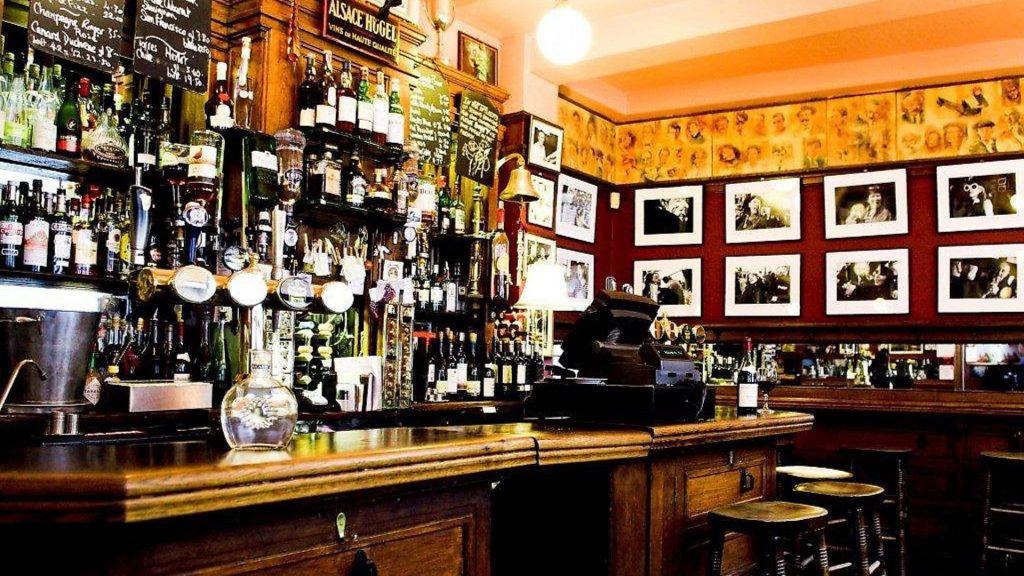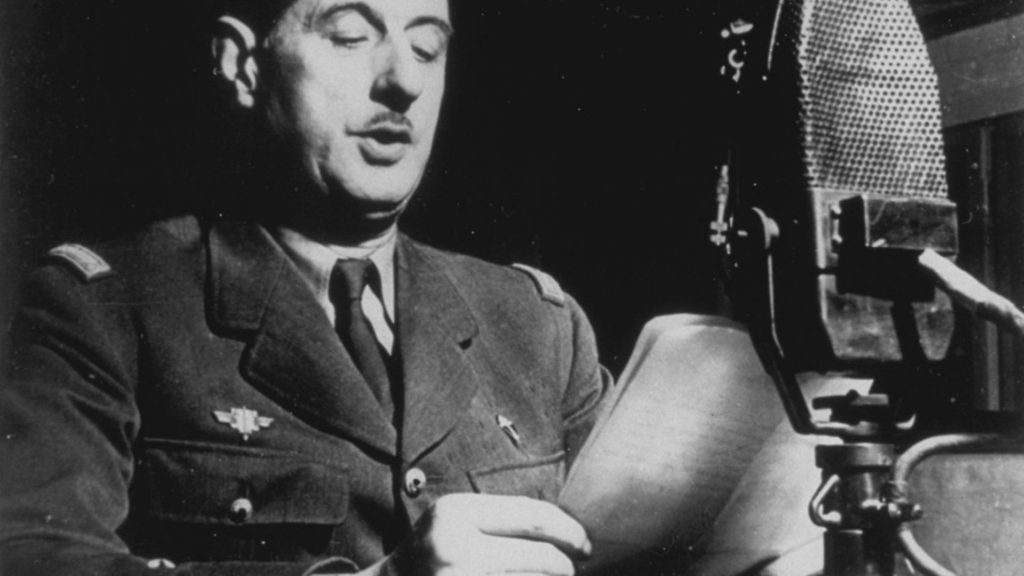
From Lord Beaverbrook to Charles de Gaulle, and Dylan Thomas to Aleister Crowley, Soho’s French House has long attracted an eclectic clientele. MATT BARKER asks whether this most legendary of pubs can cope with its own myth

We Brits have a lot to thank the French for. They’ve influenced the way we eat and drink, how we dress and how we think about the world. Gallic ex-pats have long been a vital part of London’s cosmopolitan appeal. But while the cultured, chichi environs of South Kensington, home to the Lycée Français Charles de Gaulle, the Institut Francais and the Cine Lumiere, are the modern day beating heart of the cross-Channel community, pre-war Soho was where it enjoyed a far livelier flourish.
And it wasn’t all patisseries and pastis. Back in the day, Soho’s reputation for over-indulgence and raucous mischief came with a distinctly French accent. Many of the prostitutes working the narrow streets were either from France or pretended to be, ditto their pimps, who cultivated an air of sharp-suited menace. One place where the girls could go to meet up and take a breather without fear of being bothered by the clientele was a pub officially known as The York Minster, on Dean Street. However, most of the locals called it The French House.
The owner, Victor Berlemont, wasn’t actually French, he was a Belgian. But that never stopped him from affecting the airs of a gregarious Gallic host, with his magnificent handlebar ‘tache, heavy accent and exaggerated shrugs and gestures. If any of the ladies of the night were getting grief while trying to unwind over a G&T or two, Berlemont would quickly intervene, usually taking the sting out of a situation with his easy charm.
The French heavyweight boxer and occasional actor Georges Carpentier trained in a ring set up in the bar’s basement during the 1920s, while upstairs a restaurant proved hugely popular (and quite posh too; Lord Beaverbrook was a frequent diner). During the Second World War it became a natural social meet-up for members of the Free French forces, though the long-held belief that Charles de Gaulle wrote the script to his famous radio broadcast, appealing to his countrymen and women to take up arms against the German occupation, while chewing over a beef bourguignon in the restaurant has now been pretty much discounted. No matter. De Gaulle did, apparently, pop in a few times for a glass of wine and the venue’s wartime status as a rallying point for a burgeoning exiled resistance movement remains a huge source of pride.

If Soho loved Victor, it loved his son, Gaston, even more. Born in a flat above the pub, fils Berlemont was like a hopped-up version of le père, with his copycat facial hair and extravagant quirks. When Gaston took over the running of the place following his father’s death in 1951, the bar, much like Soho itself, was going through a golden age.
The French House’s sense of otherness, of being apart from everything else, even within the borders of Soho, made it a magnet for the post-war boozy bohemian set, most of whom usually referred to the place as Gaston’s. A roll call of hard-drinking arty regulars, including the artists Francis Bacon and Lucian Freud and the writer Brendan Behan, made it their first port of call in the morning (private members bar the Colony Room didn’t open until later in the day, while the Coach and Horses, just around the corner, was another popular haunt, but a tad down at heel).
Dylan Thomas famously lost a manuscript of Under Milk Wood one night after overdoing it at the bar. Berelmont found it, dusted it off and kept it safe until the BBC’s head of drama popped around the following morning to pick it up. Aleister Crowley, aka The Wickedest Man in the World, would occasionally visit too, sitting in the corner and freaking out Thomas with his mind games.
All good myth-making stuff, of course. Most of that 1950s set have long moved on to the great snug bar in the sky, but the French (as it’s been officially known since 1977) retains a heady whiff of its nonconformist past, helped in part by its proximity to Theatreland. That feeling of uniqueness is still very much there, too. The venue’s infamous refusal to serve pints works as a filter to keep out the more leery elements (especially come peak-time weekends), but apparently it all stems from Berlemont insisting that he only had room behind the bar for half-pint glasses.
This has always been a wine bar disguised as a boozer. The house wine is generally excellent and there’s a reassuringly old school spirits selection (no fancy dan cocktails here). The lack of music, or fruit machines, or Sky Sports News flickering away in the corner – or peanuts or porky scratchings or any other overpriced savoury snack – is seen as a major plus point for patrons. The French has always been about people and the stories they have to tell.
Gaston Berlemont finally called time on his bar-keeping duties in 1989, on Bastille Day (natch). Dean Street was closed to traffic on police advice after drinkers (all too literally) spilled out on to the pavement. The bar had to be closed twice to allow staff to replenish stock. Berlemont died 10 years after his retirement, one of the few pub landlords ever to have his obituary printed in national broadsheet newspapers.
Perhaps the mark of a good bar is when people have been insisting that it’s never as good as it used to be for the best part of a hundred years. Leslie Lewis, the current owner of the French, has been in Soho since the late 1970s and knows the importance and history of the place. Mercifully, she’s also resisted the temptation to turn it into some sort of bohemian theme bar. Sitting there one recent lunchtime, I fell into conversation with a record label owner, a bricklayer and a chef. Clearly, it’s all in good hands. You can even get a pint in there now. Though only on April Fool’s Day.
Matt Barker is a magazine editor based in London
Warning: Illegal string offset 'link_id' in /mnt/storage/stage/www/wp-includes/bookmark.php on line 357
Notice: Trying to get property 'link_id' of non-object in /mnt/storage/stage/www/wp-includes/bookmark.php on line 37






